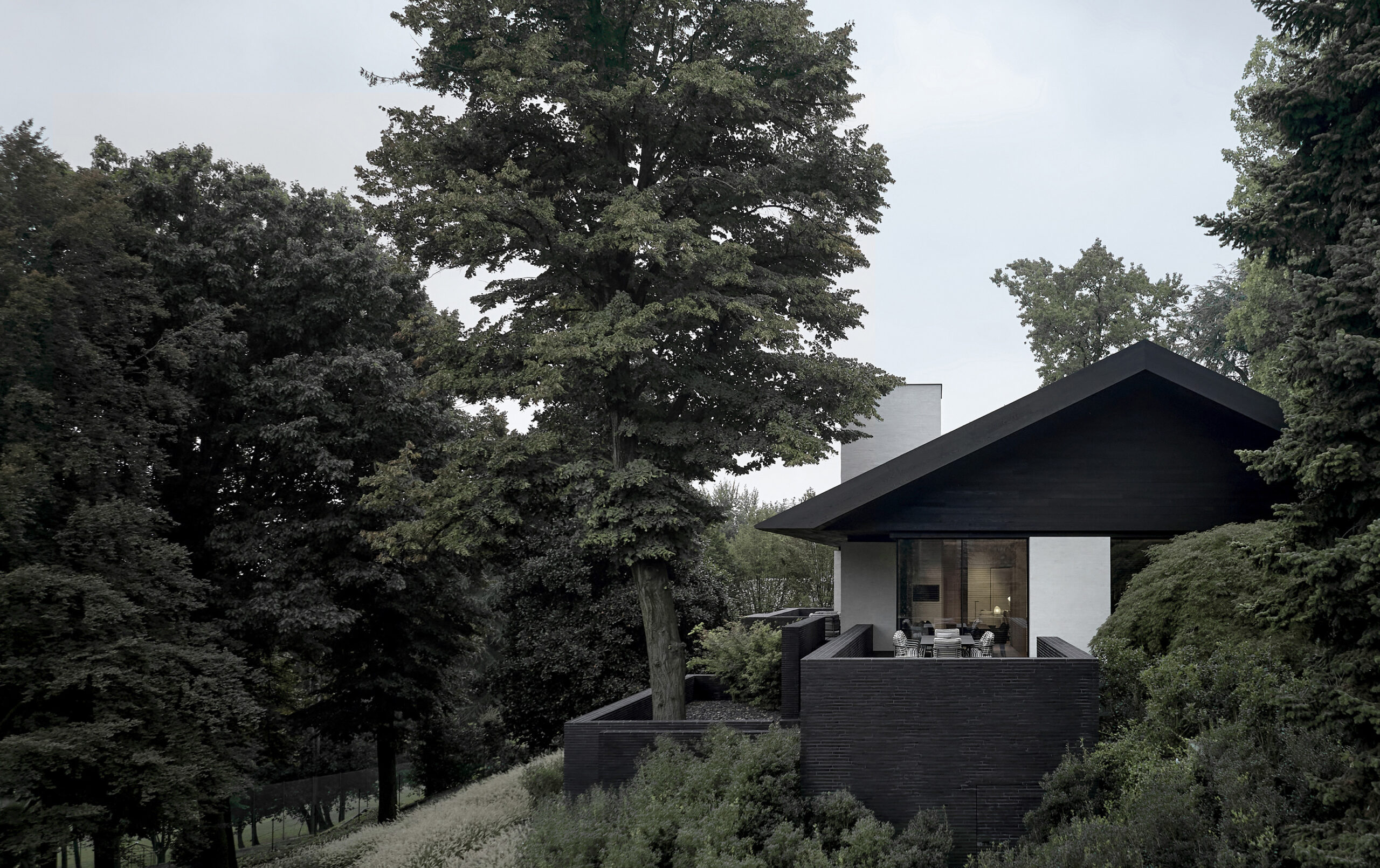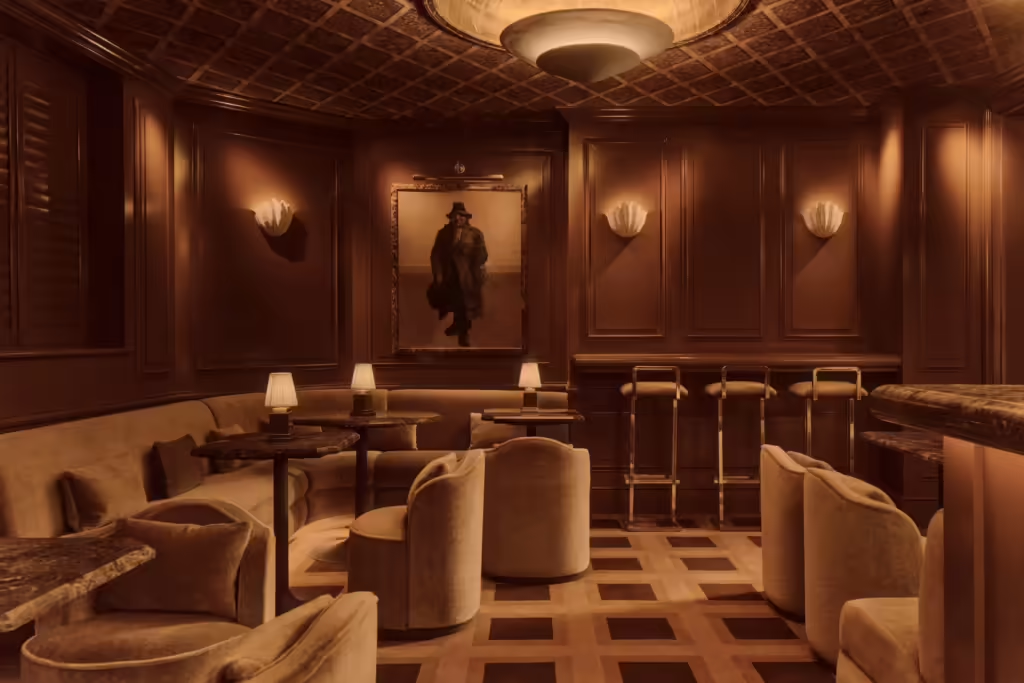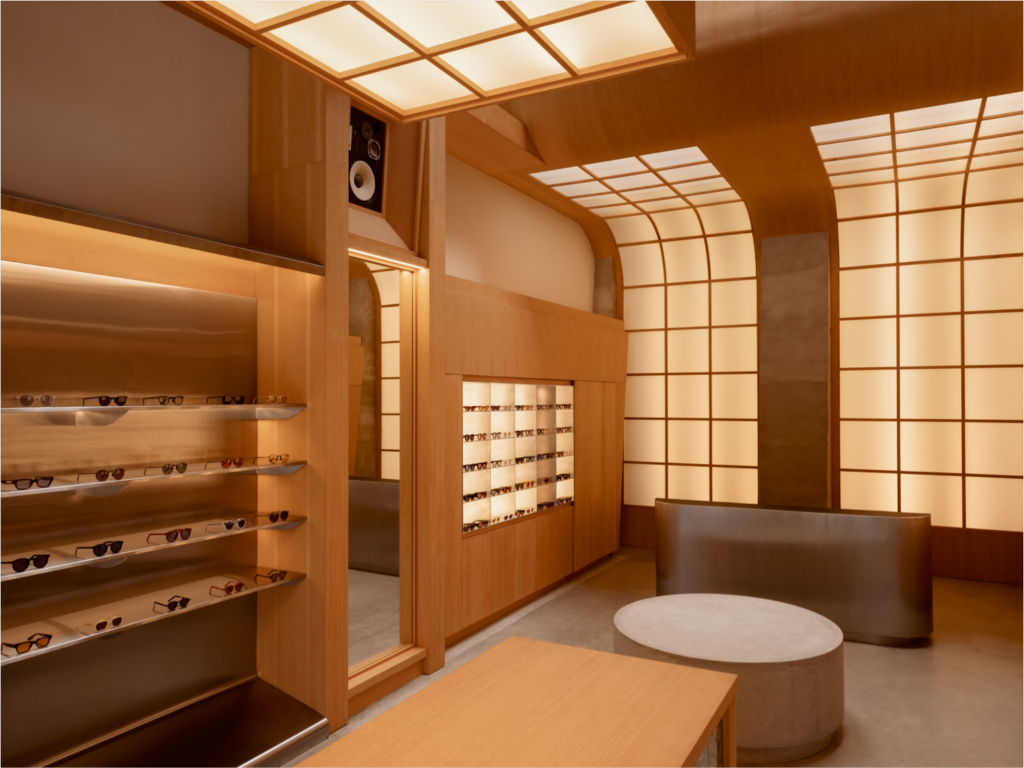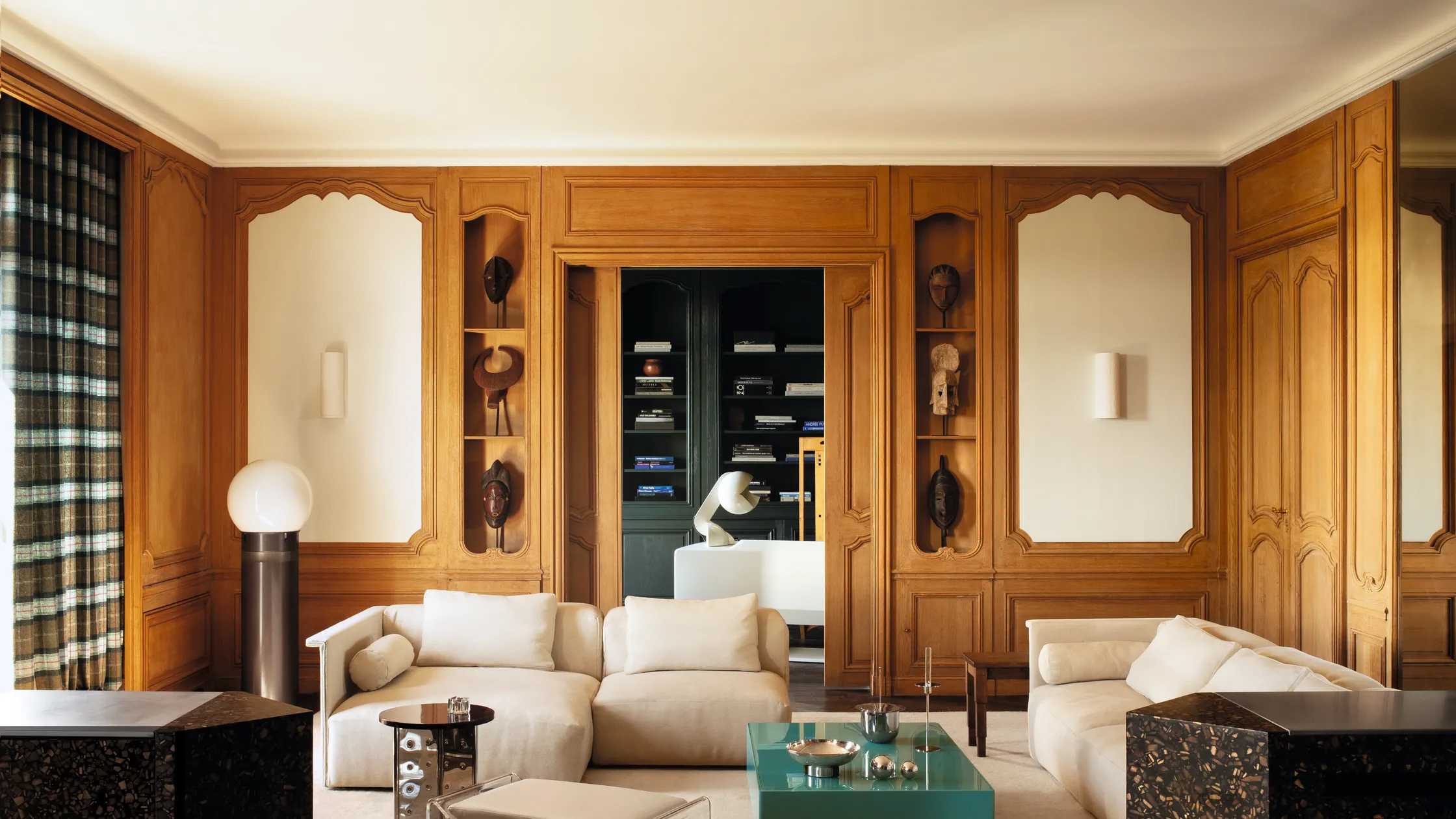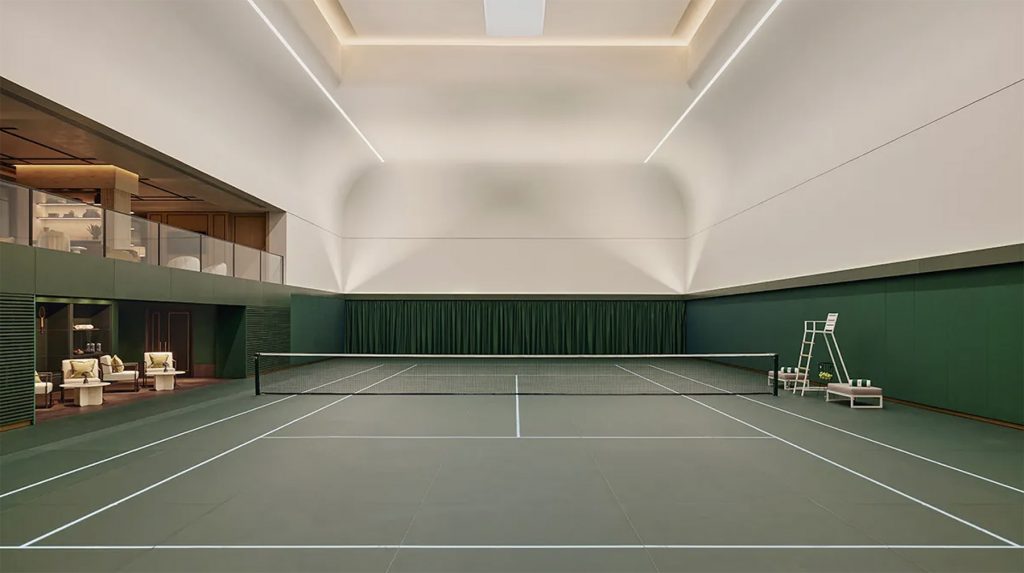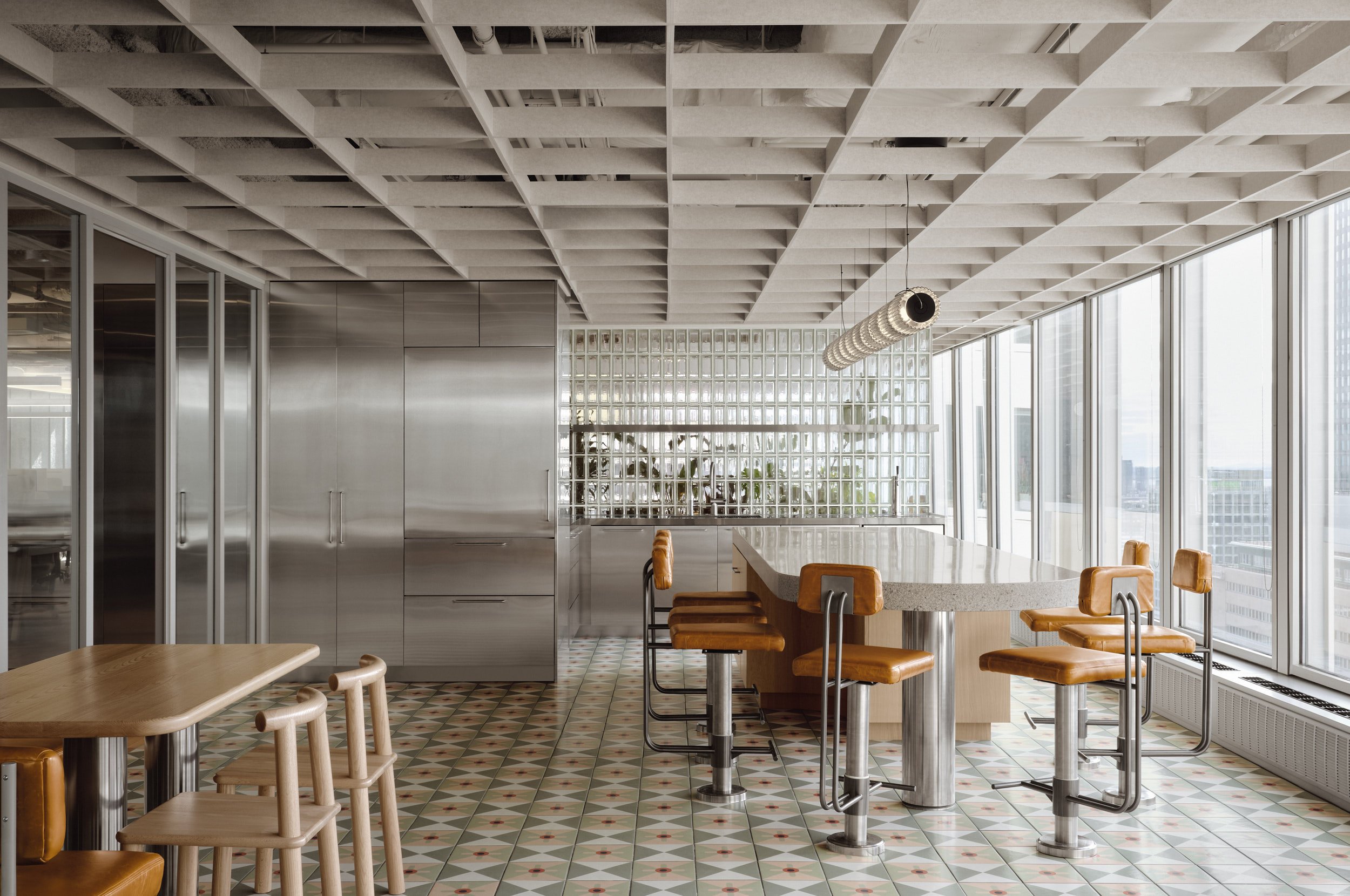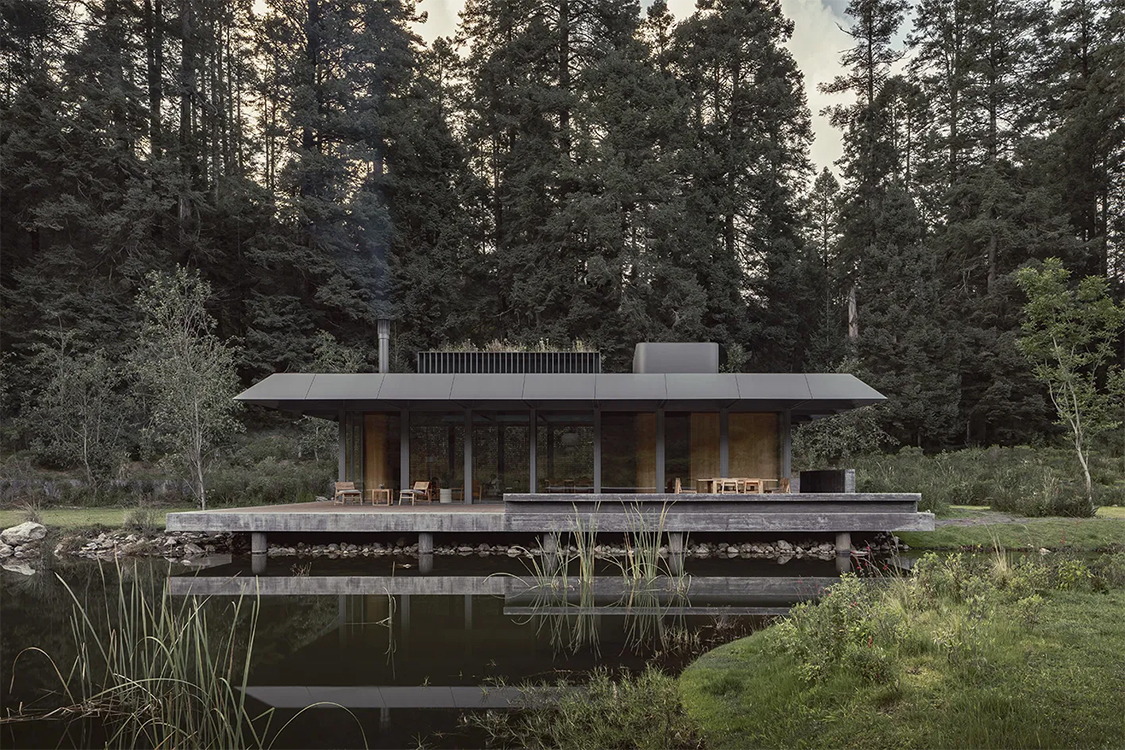
Pabellón de la Reserva is an award-winning recreational pavilion by Mexico City-based architecture studio Hemaa.
The Pavilion is a part of Reserva Santa Fe an ambitious, private real-estate development set to create an idyllic residential enclave focused on wellness, sustainability and luxury.
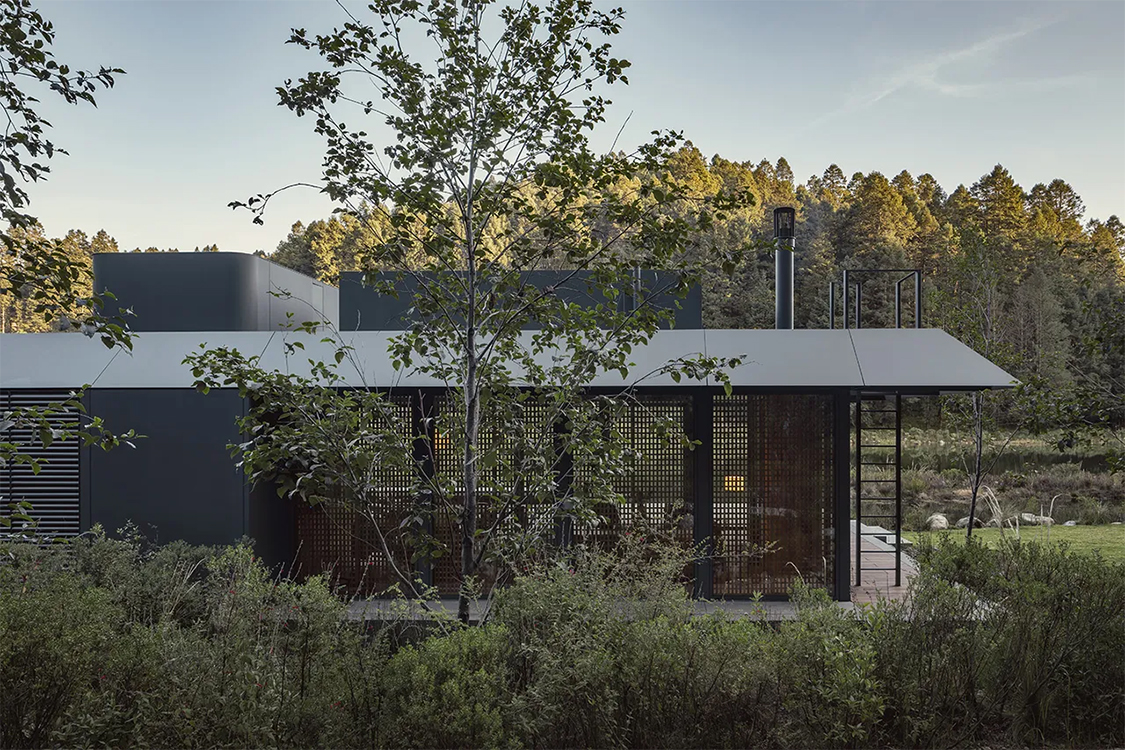
The Reserve is located within a lush, tranquil forest in a cold and humid climate, yet it takes only 15 minutes to drive to the super-modern western Mexico City district of Santa Fe, dominated by corporate skyscrapers and luxury high-rises.
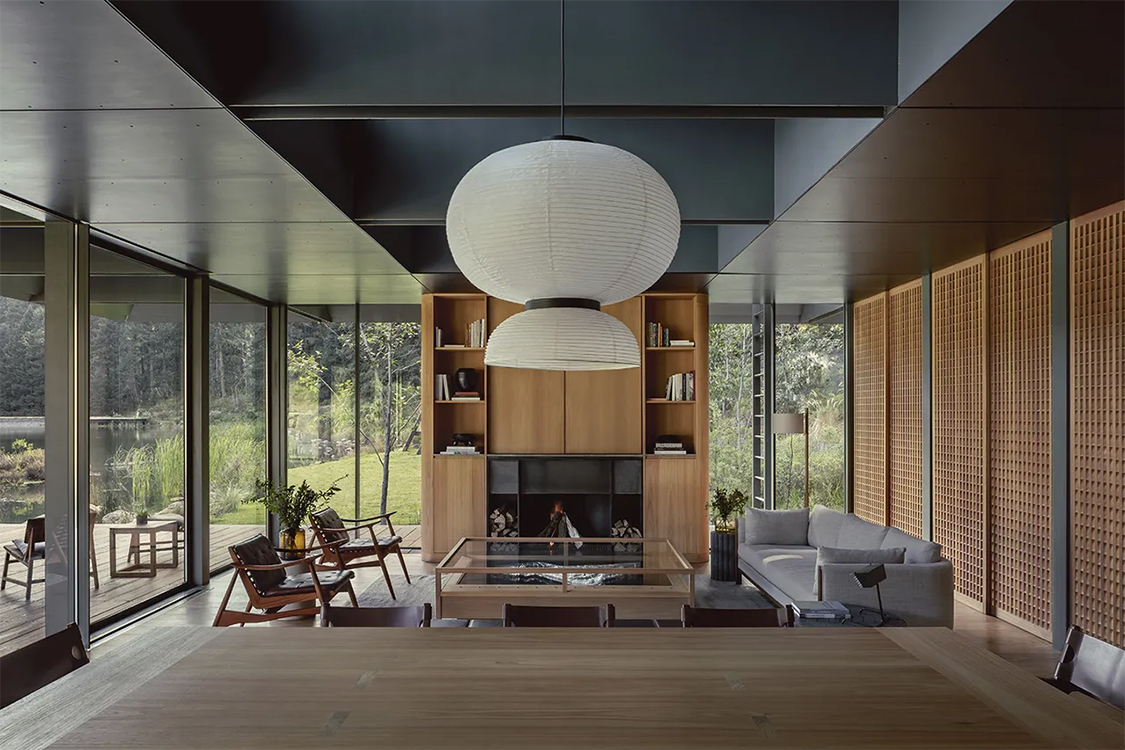
Mexico City’s International Airport, Aeropuerto Internacional Benito Juárez, is only an hour’s drive away.
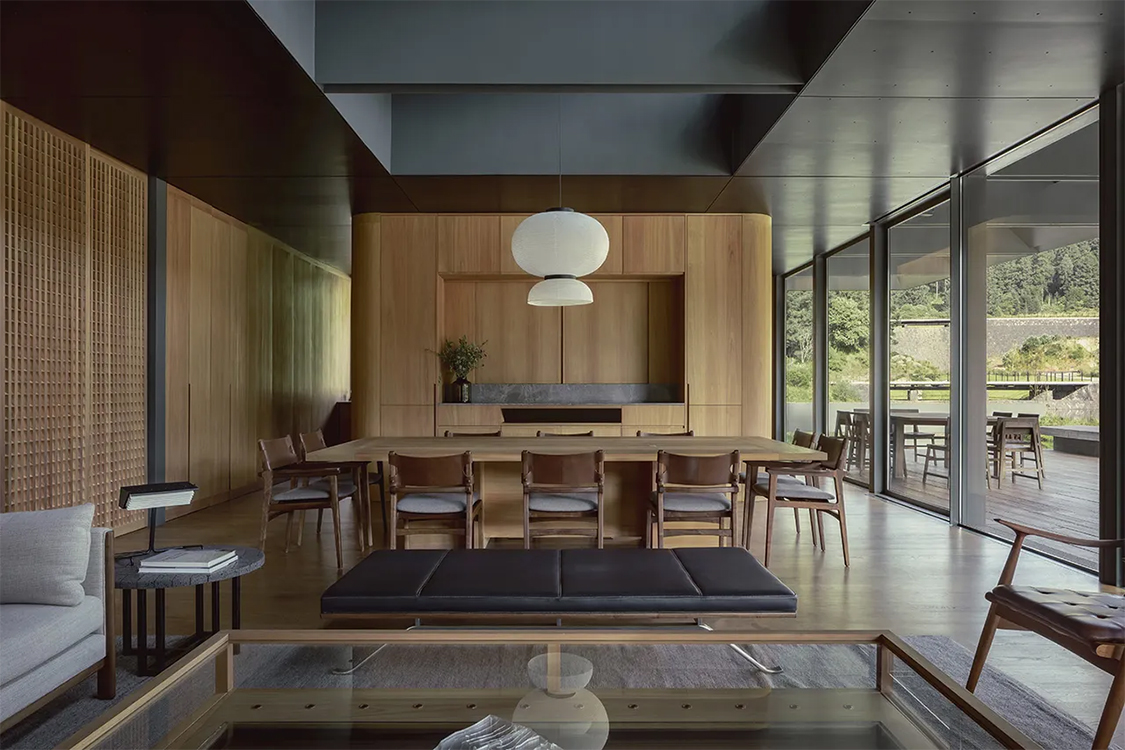
The chief concern of the Pabellón de la Reserva architects, lead by José Miguel Fainsod, Santiago Hernández Matos and Alejandra Tornel, was to embed the Pavilion in its site in a way that is both harmonious and distinctive.
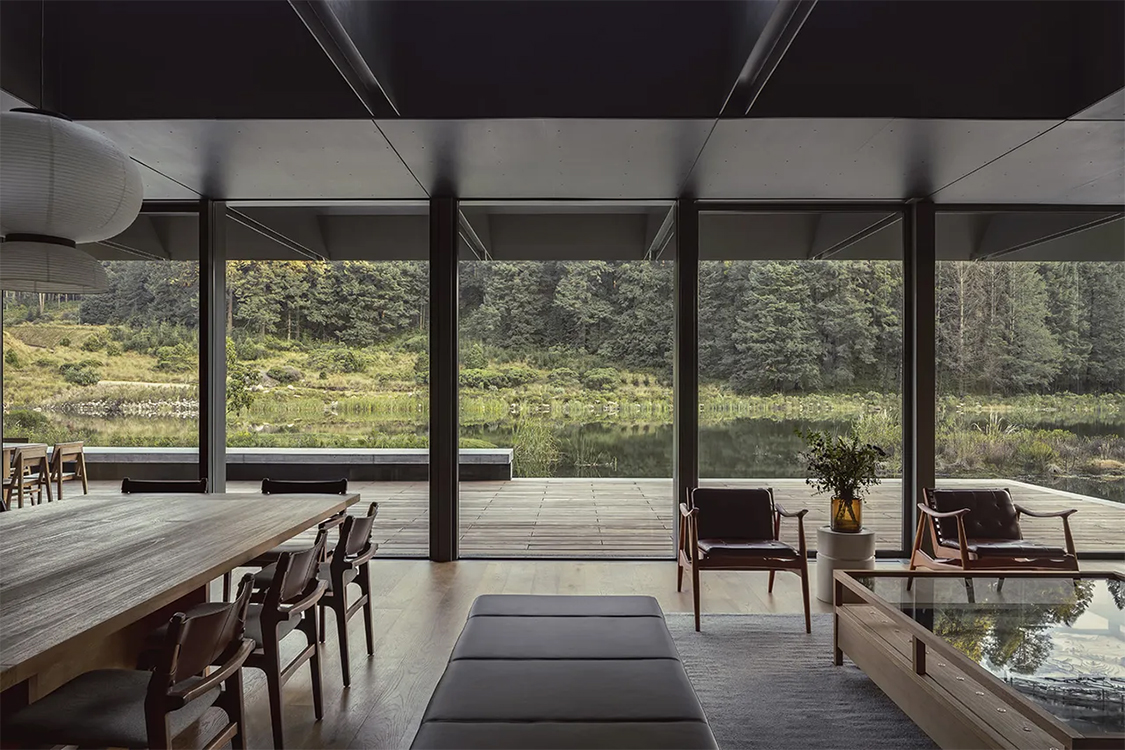
Viewed from the direction of the small lake by which it is located, the structure seems much smaller than its 263 square-metres (2,830 sq. ft) would imply, and its weathered, grey-hued colour scheme helps hide its newness.
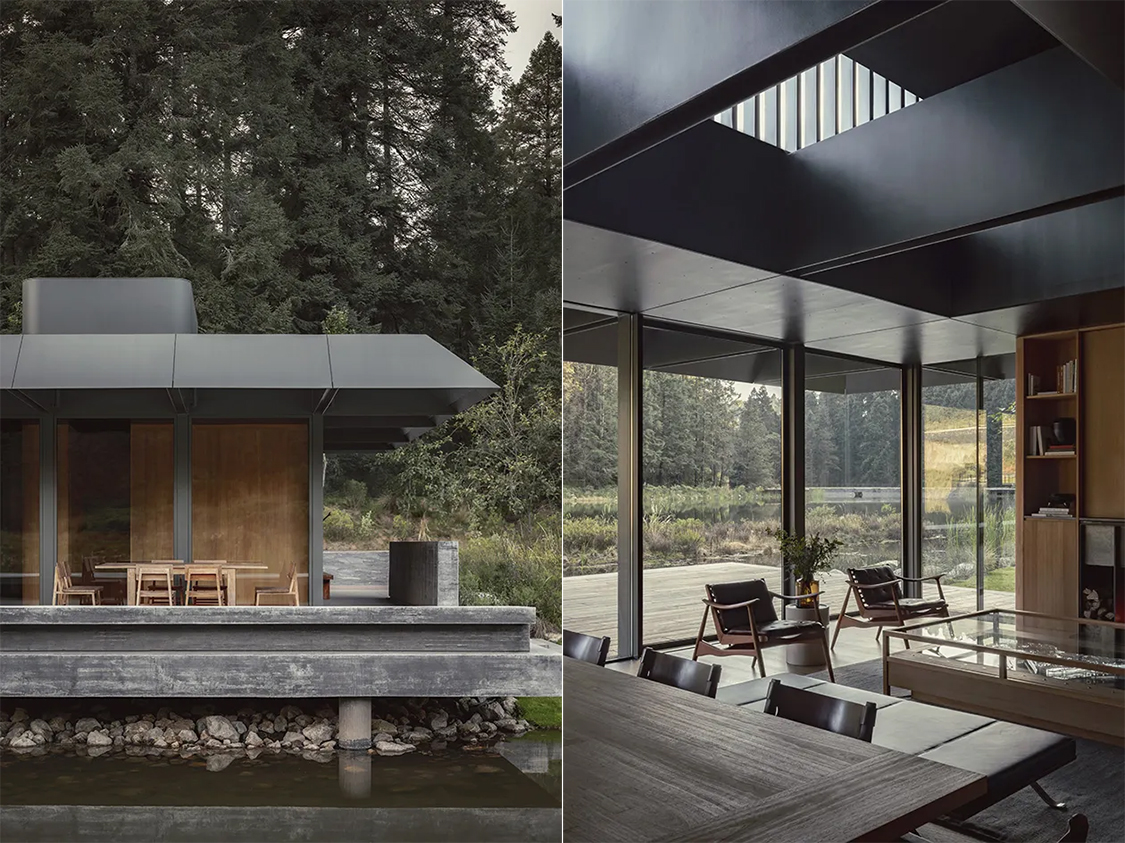
The minimalist Pavilion is envisioned to have a multitude of uses, for example, as a personal retreat and space for contemplation, and as a venue for cultural events, workshops and meetings. Its layout is open and light-filled allowing the space to be used flexibly to accommodate a diverse range of activities, from intimate conversations to larger social gatherings.
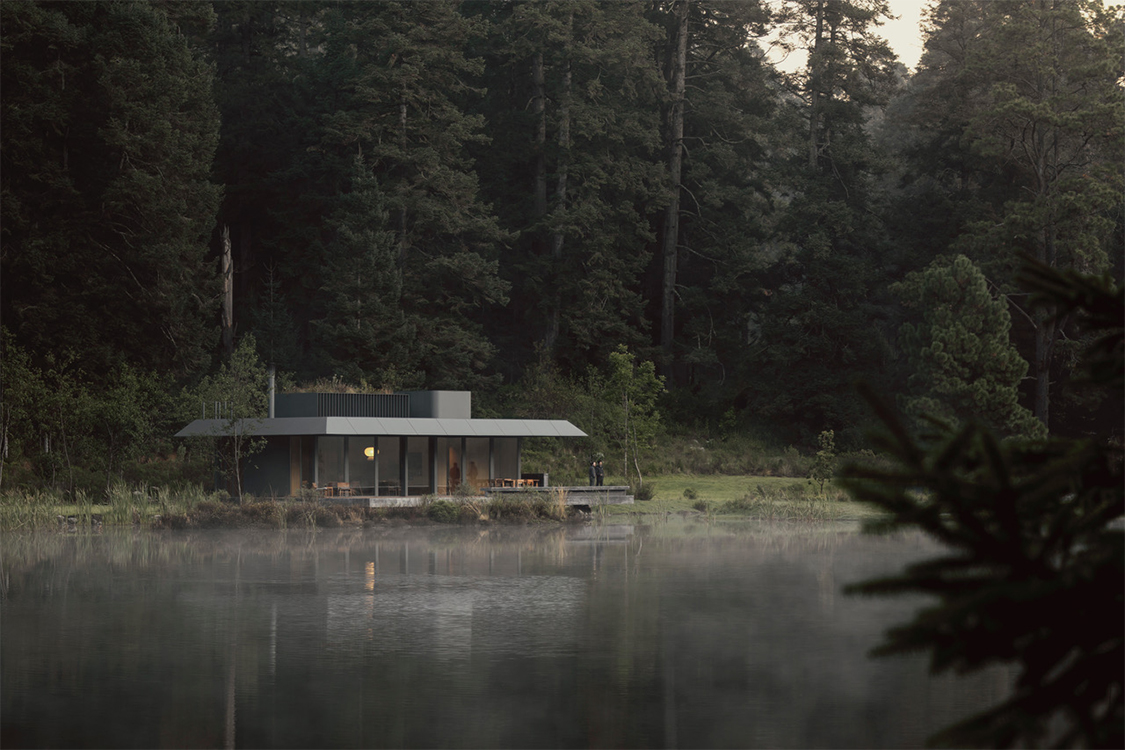
Reserva Santa Fe is situated on the Transversal Neovolcanic axis within Otomi Mexica Corridor Forest on a 197-hectare lot of which 110 hectares are forest and 42 are single-family lots. A further 18 hectares are allocated to townhouses and 27 hectares to amenities ranging from recreational parks and pools to soccer and archery fields, bicycle and running trails and an outdoor gym.
The future vision for the Reserva includes its own Edible Forest with the goal of producing 60 per cent of the food eaten by the residents.
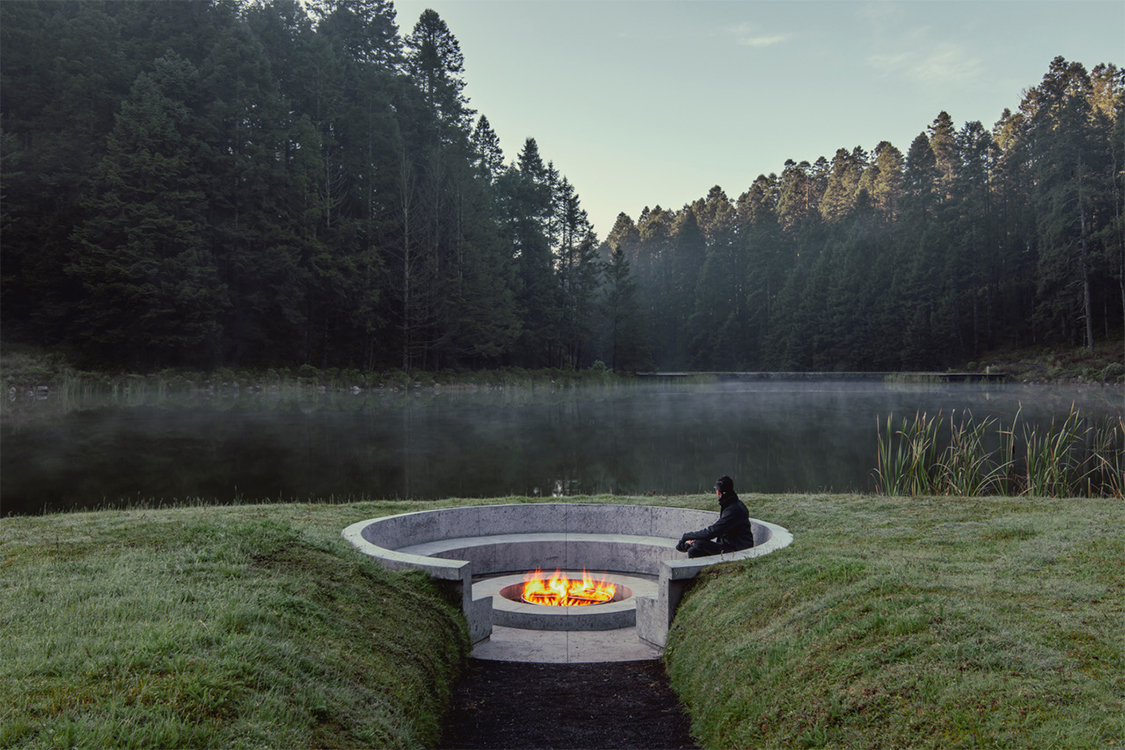
Reserva Santa Fe is the first development in Mexico and Latin America in the process of being certified as a Living Community Challenge project. Tuija Seipell
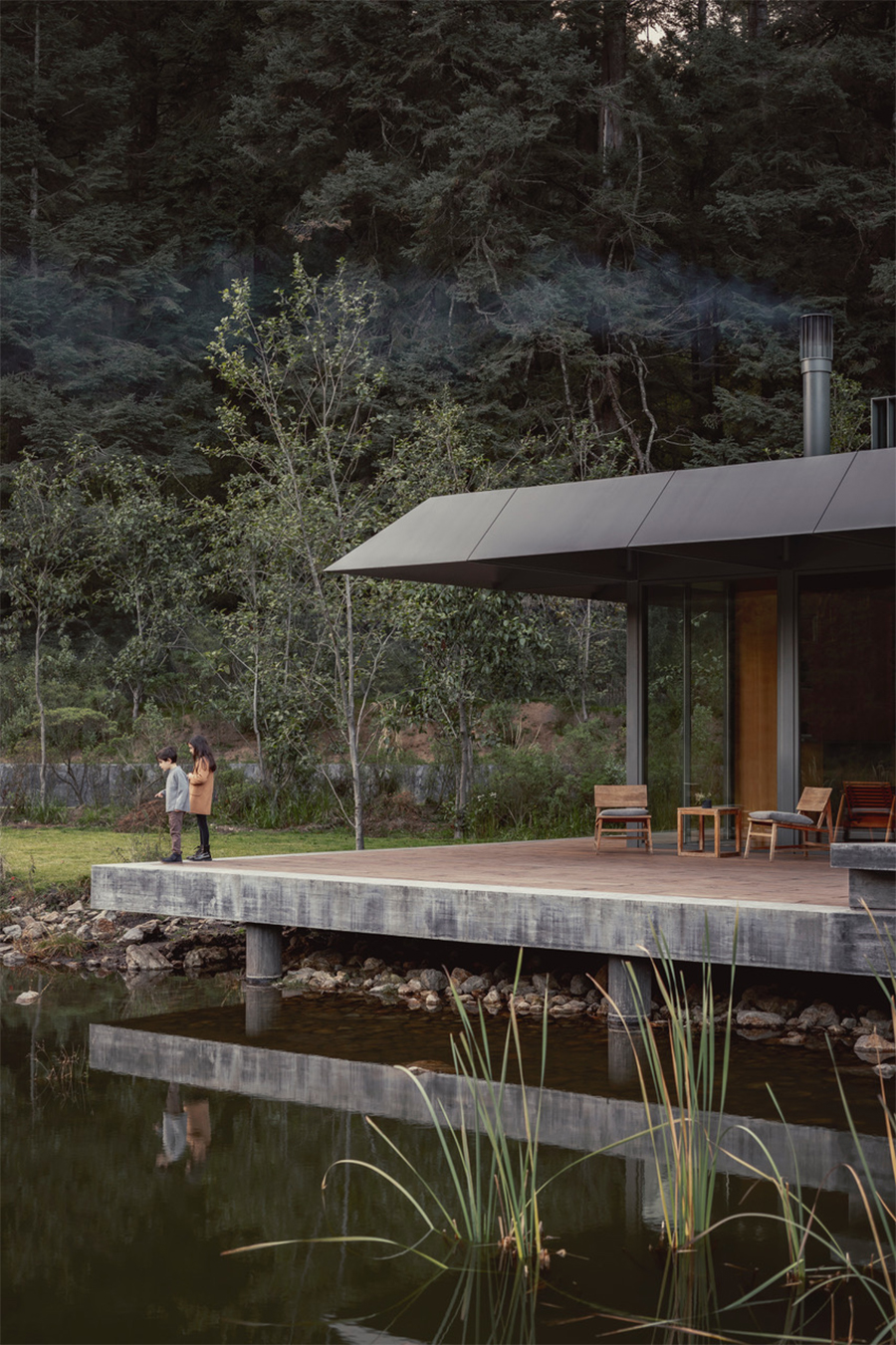
Images César Béjar


